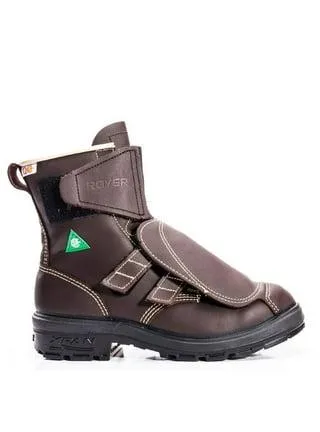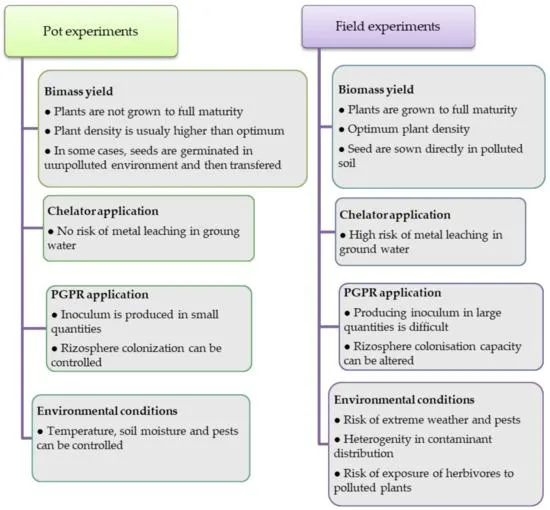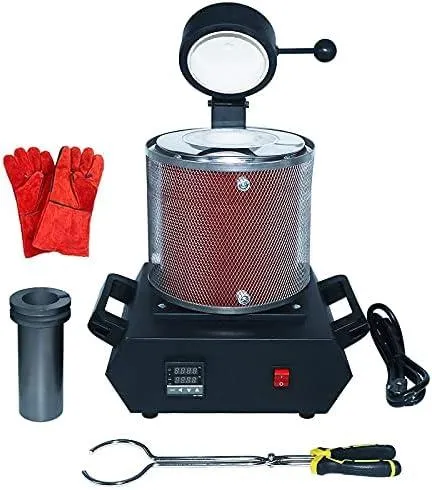What You Need to Know About Aluminum Plant Cats
Has the phrase “aluminum plant cats” ever peaked your curiosity? If you’re like most people, you’ve probably wondered what’s the deal with cats living at aluminum processing facilities. In this article, I’ll explain the history behind these unique felines and answer common questions people have about them.
Why Are There Cats at Aluminum Plants?
The short answer is pest control. Aluminum plants provide the perfect conditions for mice and rats to thrive. These facilities are often located near ports or transportation hubs, so rodents have easy access. They’re also full of nooks and crannies where mice can set up nests undisturbed. Leftover food scraps and industrial waste also attract rodents.
In the early 20th century before modern pesticides, aluminum companies turned to a natural rodent-control solution – cats. Cats are highly effective hunters of mice and rats and needed little training or care. Plant operators realized cats could help curb growing rodent infestations in an environmentally friendly way. Over time, feral cat colonies became well-established at many aluminum processing sites.

What Is Life Like for Aluminum Plant Cats?
From my experience visiting aluminum facilities, life is pretty cushy for plant cats. They have free range within the industrial grounds and receive daily food and medical care from employees. While the environment is loud and industrial, the cats seem well-adapted. Many live long, healthy lives without human owners.
During my tours, I’ve come across cats napping in sunny machinery nooks or playing together in packs. Employees view the cats as friendly plant mascots and get to know their personalities. One operator told me about his favorite cat “Boots” who sits by the lunchroom door every afternoon. It’s clear these cats have carved out a comfortable niche for themselves at the facilities.
Do Plant Cats Make Good Pets?
While plant cats can be friendly, adopting one as a family pet comes with some considerations:

- They’ve lived independently for generations and may not take well to indoor domestic life.
- Medical issues are possible if a cat hasn’t received regular veterinary care.
- Behavioral habits like roaming, fighting, and mating are deeply ingrained after years in the “wild.”
In general, plant cats do best staying at their home facilities where employees know their needs. But in some cases, younger cats or socialized mothers with litters have transitioned to indoor homes with patience and care. Adopting always requires understanding an animal’s history and needs.
How Can You Adopt a Plant Cat?
Many aluminum plant operators are happy to work with local shelters or rescues to adopt out socialized cats. I’d reach out to facilities near you to ask about their adoption processes. Some key things to find out:
- What vet records or medical history is available?
- Are cats spayed/neutered before adoption?
- What socialization level or temperament is the cat?
- Is a home visit required to assess cat/human compatibility?
With time and effort, a former plant cat can learn to thrive as someone’s family pet. But it’s important their unique history and needs are considered from the get-go.

Do Cats Really Control Rodents That Well?
Believe it or not, studies show cats are monstrously efficient mousers! One UK survey of aluminum facilities found cat colonies reduced rodent activity by over 94%. Researchers attribute this to cats’ highly-evolved hunting instincts.
Our feline friends use stealth and speed to ambush prey. They have sharp night vision and hearing, plus claws and teeth built for killing. Rodents don’t stand a chance once a cat goes into hunter mode. This predatory drive makes cats a very cost-effective choice for long-term pest control, as aluminum plant owners discovered.
So in summary – yeah, cats definitely earn their keep in rodent patrol. With minimal human assistance, they basically have mice and rats on lockdown. No wonder plant cats have secured their spots as indispensable industrial companions for decades.

So in closing, I hope this article answered your questions about those curious aluminum plant cats. Their unexpected role in industry is a pretty neat story. Who knew pest control could be so cute? If you find yourself near an aluminum facility, don’t be surprised to spot a few friendly feline employees lazing the day away. Maybe they’ll let you give them a scratch under the chin!
Aluminum Smelting Attributes to Consider
| Process Attribute | Description |
|---|---|
| Anode material | The material used for the anode, which supplies electrical current to the smelting pots. Common options include carbon and prebaked carbon. |
| Pot lining | The type of refractory material lining the inside of each smelting pot. Common materials are carbon and silicon carbide. |
| Power source | The type of electricity supplying power to the pots, typically either oil- or gas-fired power plants or hydroelectric dams. |
| Electrolysis method | Whether the smelting process uses prebake (vertical stud anodes) or Søderberg (paste anodes) technology. |
| Annual production capacity | The estimated maximum annual aluminum output measured in tons per year. |
FAQ
- What are aluminum plant cats? Aluminum plant cats are stray or feral (wild) cats that basically live around aluminum production plants. They kind of seek shelter and find food scraps in these areas.
- Why are they called aluminum plant cats? They get this name because they tend to gather in big groups close to aluminum manufacturing facilities. I guess the warm machinery and available food draws them there. Despite the noisy conditions, they appear to thrive in these industrial sites.
- Do the plants provide food and care for them? Not usually. Kinda seems like the cats have to fend for themselves at the plants. While workers may take pity on them occasionally, the facilities don’t generally feed or look after the cat colonies. The cats gotta hunt for their own meals – maybe rodents or any meat leftovers they can scrounge.
- How many cats live at each site? The numbers vary but sometimes there are truly staggering amounts – like hundreds of cats at a single location! One place reportedly had around 500 aluminum plant cats. That’s a whole lot of kitties to feed and care for without any staff helping. I can’t imagine where they all find space to sleep!
- Do the cats cause problems? Potentially yeah. With large groups living so close together, illnesses could spread among the cats and rodent populations may rise if not kept in check. There are also concerns about hazards for the cats from heavy machinery. But on the other hand, the cats do provide a service by keeping other pest animals under control.
- What happens to the cats? Most stay around the plants as part of the “community.” Some groups try to spay/neuter the cats and provide basic care. However, kittens often don’t survive and accidents are common in busy industrial areas. In the end, it’s a pretty tough life for the aluminum plant cats.
In conclusion, while the situation is far from ideal for these cats, the colonies have learned to subsist on the edges of the factories for various reasons. They seem to have basically found a way to get along together in their industrial environment, despite the challenges. Maybe further efforts could be made to help the cats live a little more comfortably, but for now they’ve adapted to that way of life. What do some of you experts out there think about the aluminum plant cat phenomenon?
